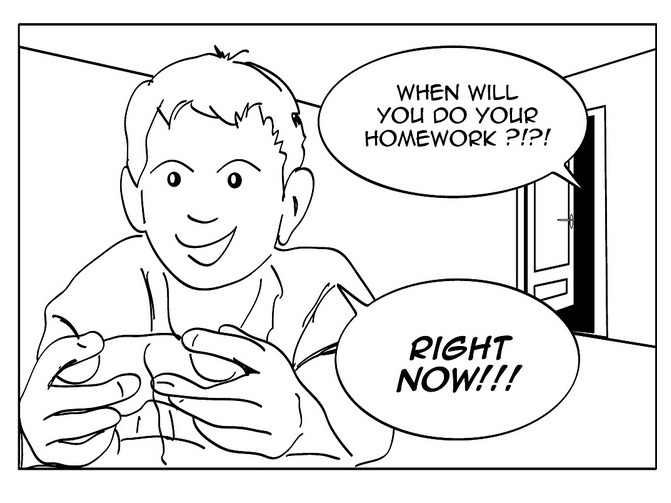Cohort response to our digital game-based learning presentation revealed a blend of nostalgia, criticism, and cautious enthusiasm towards the further implementation of DGBL in institutional education. Personal histories with GBL run deep. Our colleagues fondly recalled playing educational video games while growing up and how these experiences shaped them. Games like Civilization, Lemonade Stand, King’s Quest, and even the Japanese virtual pet Tamagotchi, were all cited by colleagues as fond memories of DGBL. The familiarity with DGBL and the positive outlook towards its potential to support learning are clearly present amongst today’s crop of educators.
However, when identifying the effectiveness of DGBL, our colleagues outlined a number of key challenges that must be overcome before DGBL will be fully embraced by educators and policy makers. The biggest challenges facing DGBL as chosen by our discussions have been:
1) Getting the parents on board with the idea. Parents are apt to dismiss DGBL as effective learning and prefer their children learn on more traditional ways.
2) Having the appropriate infrastructures in place is also a reoccurring challenge in schools, whether it be having access to tech devices, computers or high speed Wifi, this issue limits the usage if DGBL in many areas.
3) Finding appropriate age level games that align with the various curricula. Many DGBL games are available but they do not all meet the needs of our students of the needs of our outcomes and objectives.
4) Lastly and probably most importantly money. The implementation of DGBL is not cheap. Technology must be available and updated regularly, games and software need to be purchased and teacher training must take place. All of these items equal large pay outs for school districts of any size, most of which are not able to do so at this time.
Despite these challenges there seems to be a growing, viable interest in DGBL as an alternative to traditional classroom discourse and activity. Cohort response revealed that DGBL enhances motivation, engagement, and helps develop problem solving skills. Colleagues identified problems with technical support, cost, and access to hardware as the main obstacles facing the DGBL industry. In all cases, these obstacles are becoming less and less impeding, as affordability of games and platforms increases, technology improves, and availability soars. All signs point to an industry on the upswing.
However, for DGBL to truly take merge with the stream of traditional education, a shift in attitude is key. As one colleague said “the biggest challenge to game based learning is the perception by others that the activities are just games”. The phrase “just games” is telling of current attitudes. As another cohort puts it, efforts to implement DGBL in current curriculum are usually met with concerns over “addiction, doubt of benefit and time wasted”. Until perceptions are changed and the positive aspects of DGBL are championed over the criticisms, the DGBL market may always struggle to gain a foothold in traditional education. Outside the classroom may be where the market continues to strive, where parents employ games as a form of at-home learning that extends the boundaries of education outside the classroom and into the computer and console.
